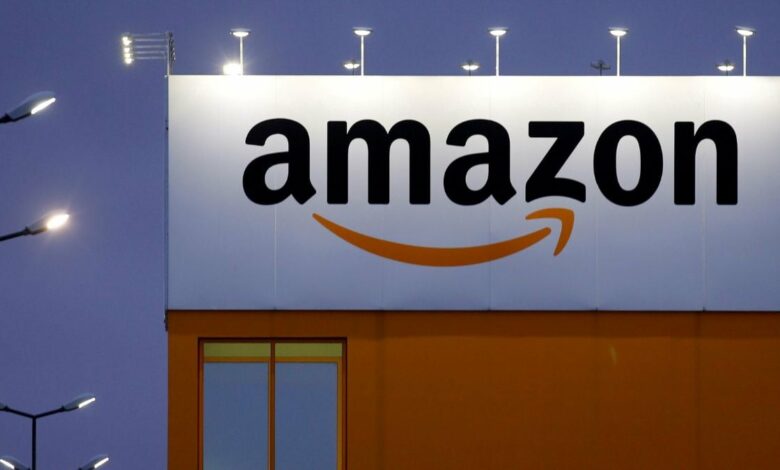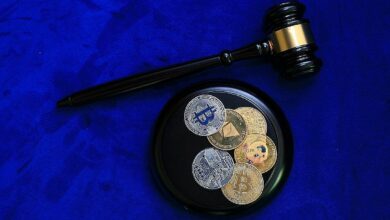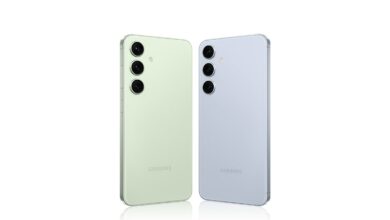Amazon is developing smart driver glasses to shorten deliveries in seconds

Amazon is developing smart glasses for its delivery drivers to guide them to, around and inside buildings as it tries to ease the final leg of an order’s journey to a customer’s home, five people familiar with the matter said.
If successful, the glasses would provide drivers with turn-by-turn navigation on a small embedded screen, along their routes and at each stop, said the people who spoke to Reuters on condition of anonymity because the project is not public.
Such directions can save valuable seconds of each delivery by providing left or right directions outside elevators and around obstacles such as fences or aggressive dogs.
With millions of packages delivered every day, the seconds add up. The glasses would also free drivers from having to use portable Global Positioning System devices, allowing them to carry more packages.
The project underlines the online retailer’s efforts to reduce per-package delivery costs and support margins as it battles increased competition from Walmart, which has stepped up its e-commerce efforts and slashed prices. Walmart is paying independent delivery drivers new incentives to deliver online orders during the holidays, the retailer told Reuters.
Amazon’s delivery glasses, people warned, could be shelved indefinitely or delayed if they don’t work as they expected, or for financial or other reasons. The sources said this could take years to perfect.
“We are constantly innovating to create an even safer and better delivery experience for drivers,” said an Amazon spokesperson, when asked about the driver glasses. “Otherwise, we do not comment on our product roadmap.”
Amazon has spent years developing an internal delivery network, including its own airline, long-distance freight shipping and sprawling suburban warehouses. It hopes to speed up deliveries and reduce costs by reducing dependence on couriers UPS and FedEx.
Amazon’s shipping costs rose eight percent to $23.5 billion (about Rs. 1,98,329 crore) in the third quarter.
Last 100 meters
The “last mile” for deliveries is costly and complicated because it requires navigating neighborhoods, deploying more couriers and using more fuel. By some estimates, half the cost of a product’s journey to a customer’s door is in the last mile.
Now Amazon has turned its attention to the ‘last 100 yards’ (91 meters). In October, it unveiled a scanner it will install on the ceilings of vans to guide drivers to packages at each stop by shining a green spotlight on them, saving time normally spent reading labels.
The delivery glasses in development build on Amazon’s Echo Frames smart glasses, which allow users to listen to audio and use voice commands from Alexa, Amazon’s virtual assistant, the people said.
Known by the internal codename Amelia, the delivery glasses would rely on a small display on one of the lenses and could take photos of delivered packages as proof for customers, the sources said. Amazon released an unrelated chatbot for third-party sellers in September, known as Amelia.
But the technology is still developing, and Amazon has had trouble making a battery that lasts a full eight-hour shift while still being light enough to wear all day without causing fatigue, the people said. Moreover, collecting complete data on every home, sidewalk, street, curb and driveway could take years, they said.
Delivery drivers visit more than 100 customers per shift, Amazon said. With greater efficiency, Amazon could ask drivers to transport more packages and visit more homes.
The Seattle company could face other obstacles, including convincing its thousands of drivers to use the glasses, which could be uncomfortable, distracting or unsightly, the people said, not to mention that some drivers already wear corrective glasses.
However, much of Amazon’s delivery workforce is made up of third-party companies, meaning Amazon could contractually mandate wearing the glasses, the people said.
Sales of the company’s consumer wearable Echo Frames have been disappointing. Two of the people said Amazon had sold fewer than 10,000 units of the most recent generation, which launched late last year.
The built-in display in development is also planned for a future generation of Echo Frames, which could hit the market as soon as the second quarter of 2026, two people said.
© Thomson Reuters 2024




